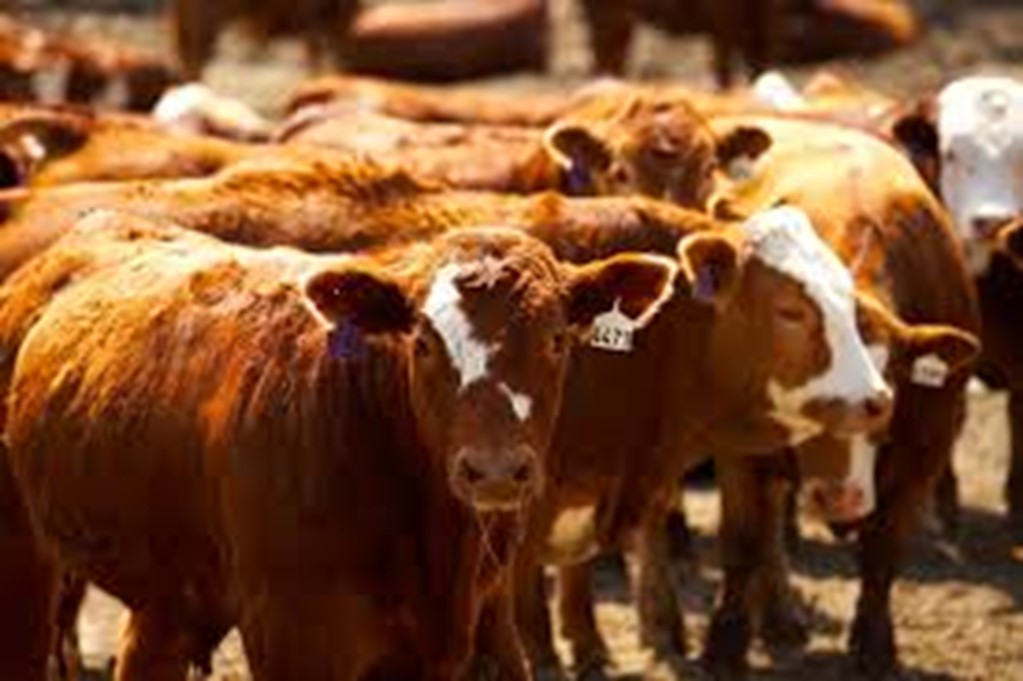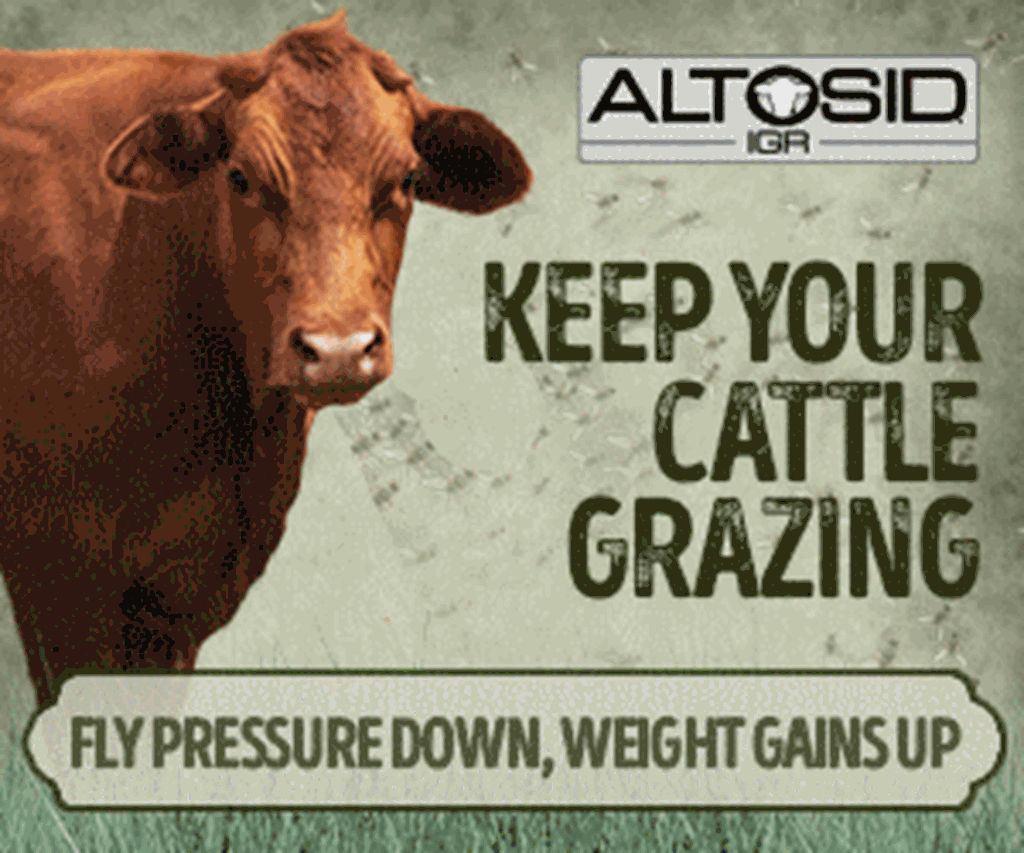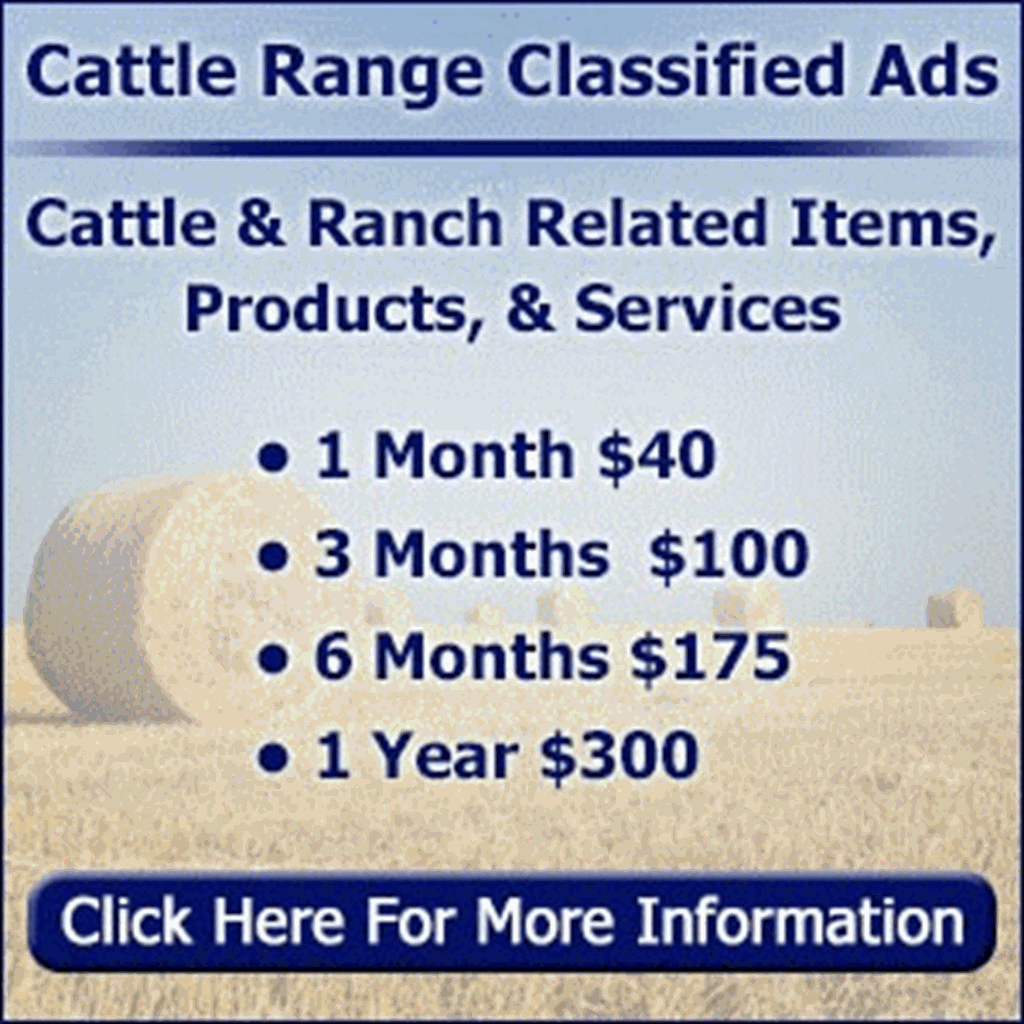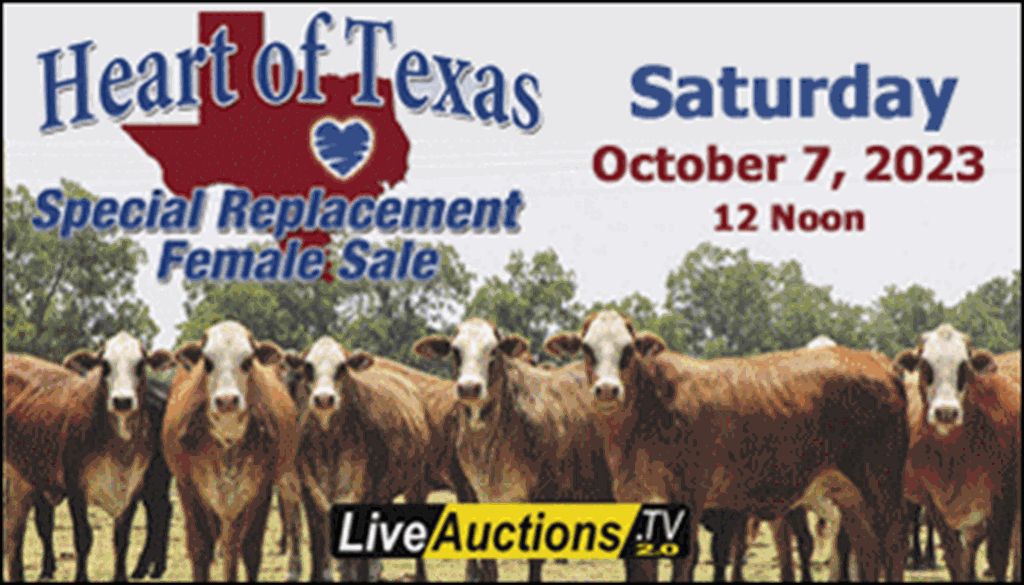Garth Ruff, Beef Cattle Field Specialist, Ohio State University Extension
Well, this was almost a drought management piece, but thankfully we have gotten some much needed moisture across the vast majority of Ohio. But drought west of the Mississippi is the reason we are facing unprecedented times in beef production, especially with regards to cattle prices. For the first time likely ever, a couple of Ohio auction markets have reported $2/lb. fed cattle. Feeder cattle markets remain historically strong, given the limited supply and smaller national cow herd.
I continue to get several questions from producers about management strategies for calves this summer and fall, with the goal of capturing the top of the market prices. Type and kind of cattle aside (more on that later), calf management programs that are good practices when cattle prices are low are often good management programs when cattle are selling high. Why not do everything possible to increase profit potential of a calf that generates a onetime revenue for an operation?
Animal health becomes increasingly important when feeder cattle prices are high as the economic toll of death loss is amplified. Vaccination and disease prevention yield positive returns most any time, but in mid mind are a non-negotiable given the current calf market.
Selling bull calves for instance, will nearly always trigger a discount in the marketplace. Much like marketing fed cattle, the goal should be to minimize know discounts before chasing premiums.
Weaning length is another piece of the puzzle that producers need to take a longer look at. Not long ago 30 day weaning programs were considered value added. Today 45 days at a minimum and 60 days have become the norm. Many of our herd management practices are dictated by calving season, I would argue working backwards on the calendar from an intended marketing date could be even more beneficial.
The greatest limitation to calf prices here in Ohio is and will likely always be lot size. With an average cow herd of 17 cows, there are minimal opportunities to increase group size. Having cattle of consistent quality and kind that can be sold together will increase cattle prices. Dr. Kenny Burdine at the University of Kentucky has reported that groups of three to five head generate a premium over a single calf, and the lots of 10 head generate a greater premium than lots of three to five.
All too often I hear complaints about how cattle were sorted at a given market. By sorting out any #2 quality cattle, the overall value of the group is increased so long as #1 quality calves make up the majority of a consignment. In many cases those #2 cattle could have been backgrounded a while longer and made into #1’s and sold at a higher price. If the cattle are all of #2 quality or lower, that is a calf production issue on the producer side, not a sale barn issue.
It’s too easy to get wrapped up in where cattle fall on a market report on a given sale day. Sometimes I have to remind folks that for a group of calves that were raised together that the average price is more important than the high or low. Production costs are often averaged across the herd, and therefore an average price tells a better story about profitability. If possible, keep track of the cows and bulls that produce the highest and lowest sell calves. On the high side, those could be genetics to emphasize in future breeding seasons. On the low end, those cows should be future cull candidates or health and/or nutrition practices need reevaluated.
The key to success is finding the right combination of genetics, nutrition, and management. If you’ve heard me speak before, it takes proper nutrition and management to optimize the genetic potential of an animal. If that genetic potential can be captured, so too can increased profitability. If management practices have paid for themselves in prior years, there is no reason to think they won’t in 2023 and beyond.












